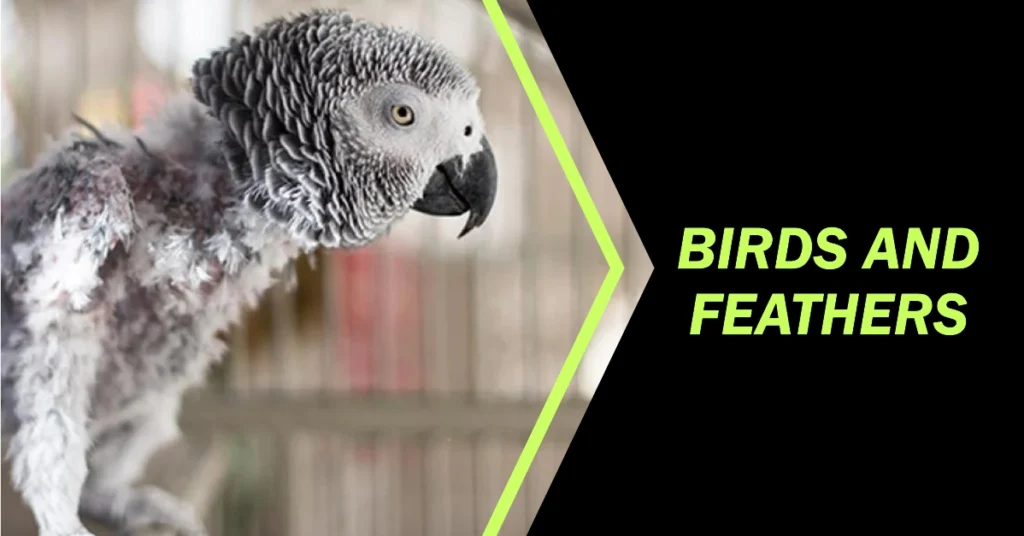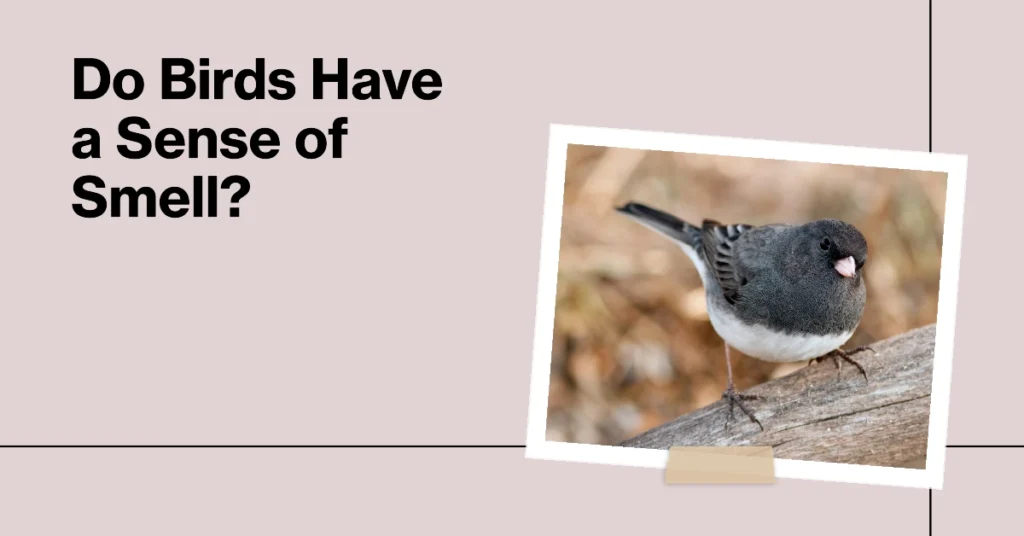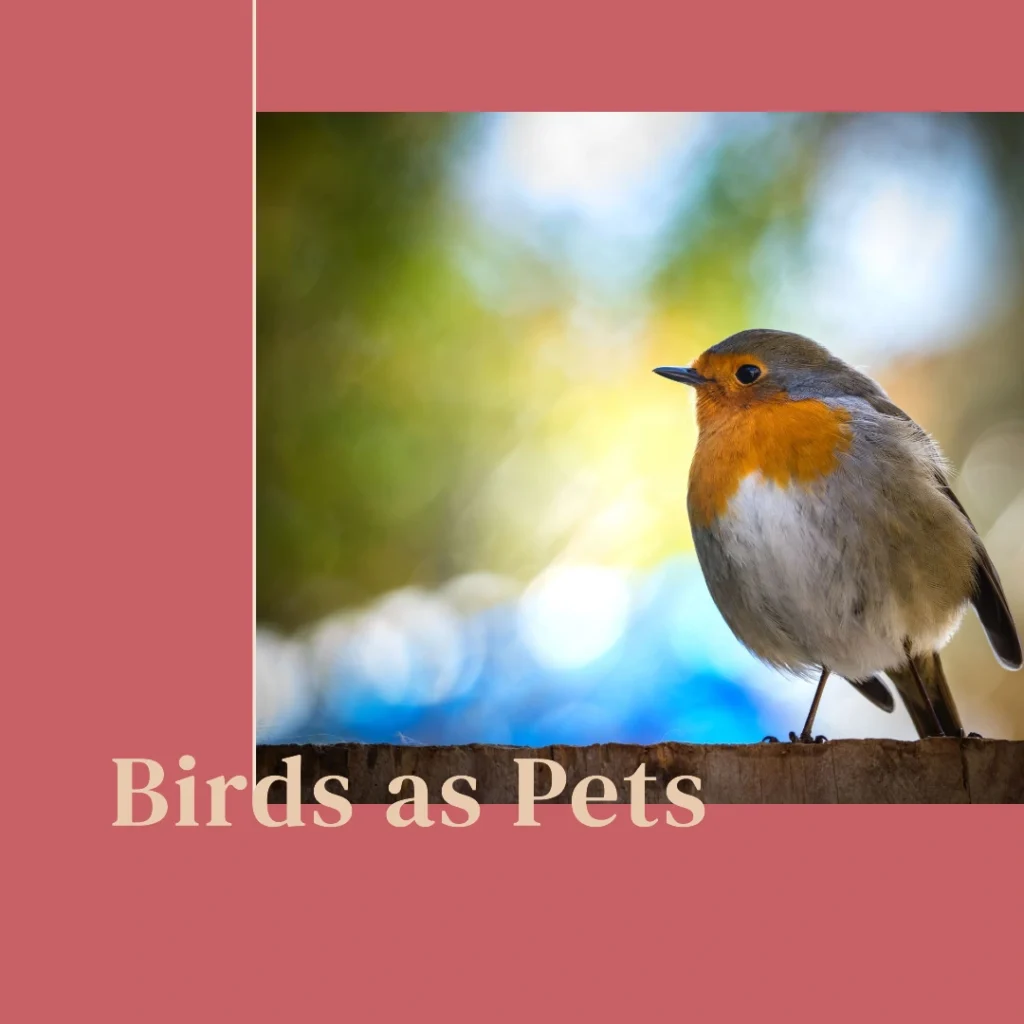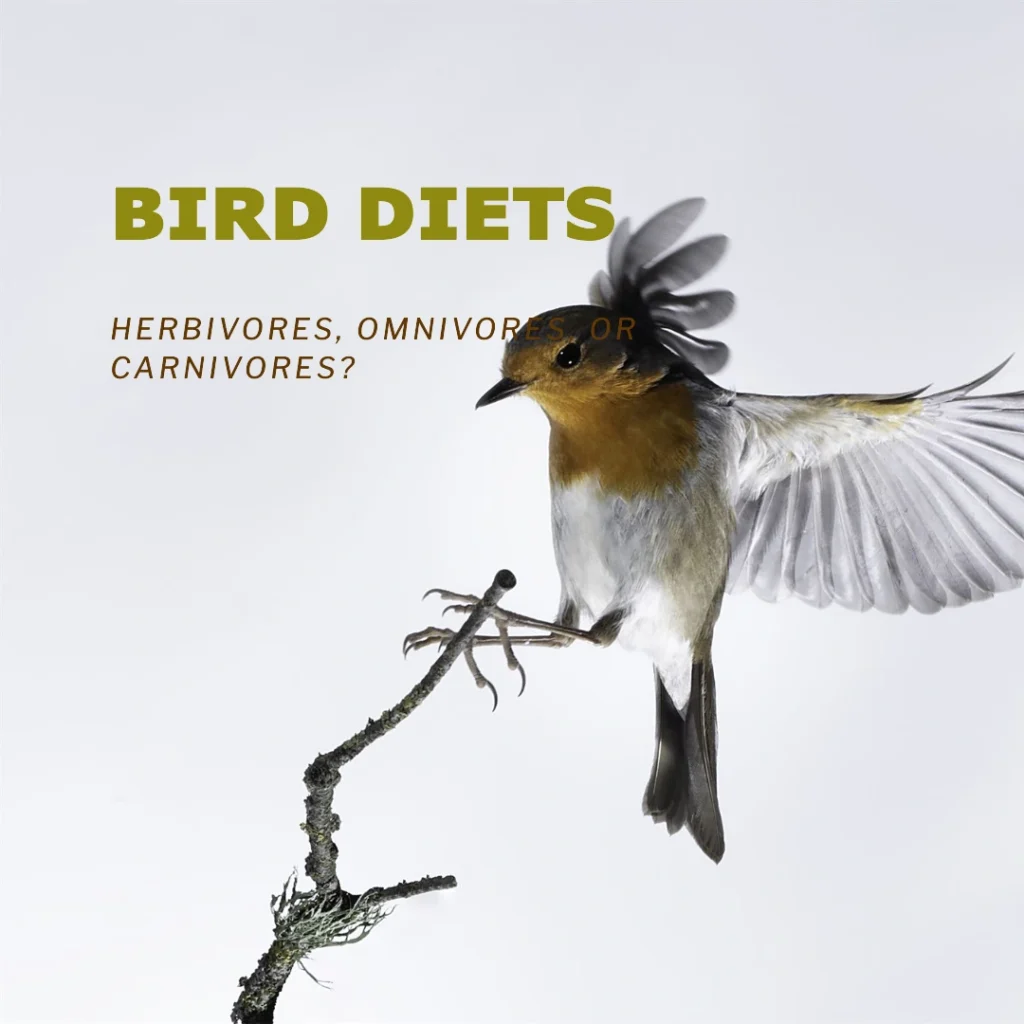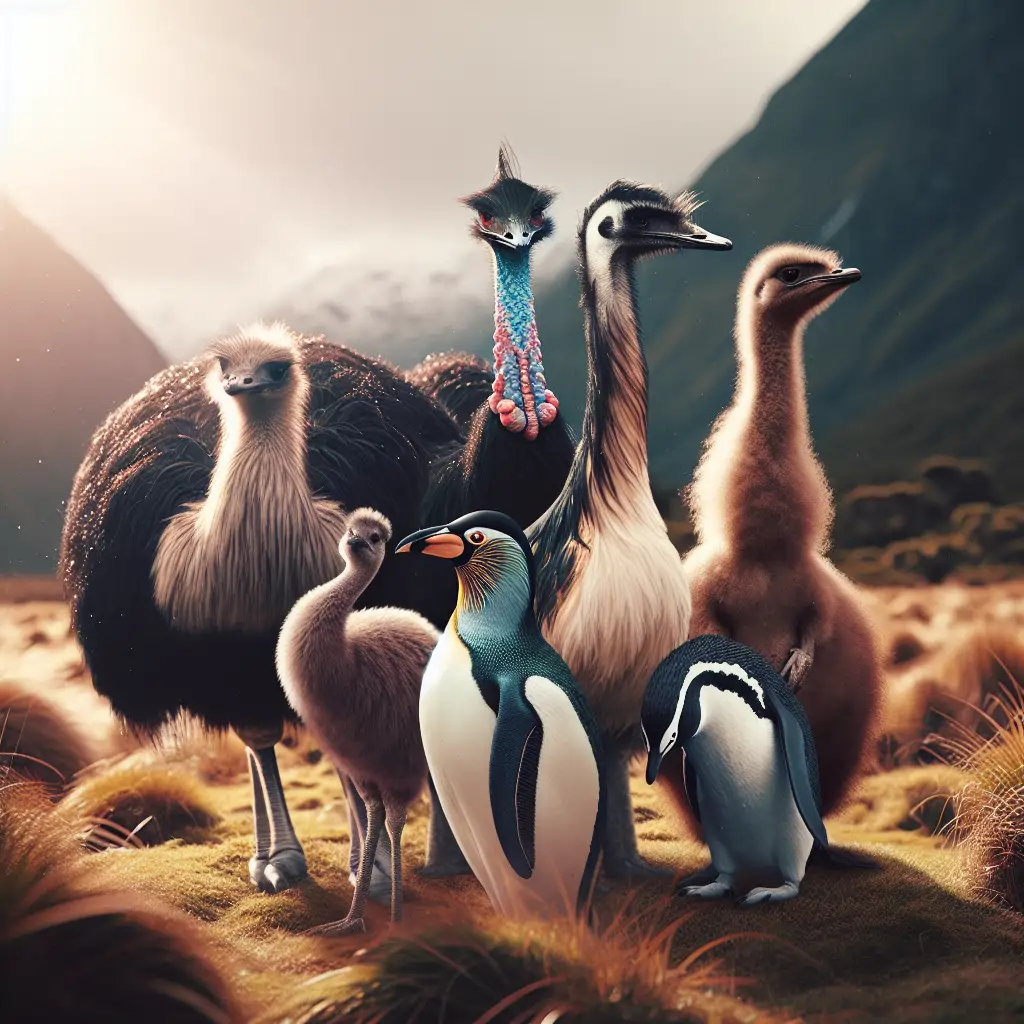Have you ever looked up at the sky and noticed a group of birds flying in a ‘V’ shape? It’s a pretty common sight, especially when geese migrate. But why do they do it? Let’s dive into the fascinating world of birds and discover why they fly in a V formation.
Table of Contents
The Aerodynamic Advantages of V-Shaped Flocks
When you look up at the sky and see a flock of geese or other migratory birds flying in their distinctive V formation, you’re witnessing an amazing feat of energy conservation and aerodynamics.
But why exactly do birds fly in this v-shaped pattern? The reasons have to do with reducing wind resistance, taking advantage of updrafts, and allowing the flock to migrate long distances more efficiently.
Vortex of Air and Upwash
As a bird flaps its wings, it creates a rotating vortex of air rolling off the wingtips. This vortex has areas of upwash – rising air currents that can provide “free lift” to birds flying just behind and to the side.
By positioning themselves in this upwash sweet spot, birds can reduce the effort needed to stay aloft.
The V formation takes maximum advantage of this effect. The bird at the front gets no aerodynamic assistance, but the birds behind and to the side get a free ride on the upwash vortex from the wingtips of the bird in front of them.
Flap Phasing and Wingtip Vortices
Scientists have studied ibises and pelicans flying in V formations using data loggers and heart rate monitors.
They found that the birds actively coordinate their wing flaps and positions to maximize the capture of upwash vortices from the preceding birds.
The birds time their wing flaps in a phasing pattern, ensuring their wingtips avoid the areas of turbulent downwash behind the lead bird.
Instead, they position themselves about a meter off to the side to ride the upwash vortex, reducing their heart rates and energy expenditure.
Taking Turns at the Front
No bird wants to be stuck at the front of the V for too long, as it gets no aerodynamic assistance.
To share this burden equally, the lead bird will rotate periodically to the back of the formation when it gets tired. The new lead bird fresh from riding the vortex can take over at the front.
This rotating leadership, combined with the aerodynamic benefits of the V shape, allows migratory birds to travel thousands of miles each year much more efficiently than if they were flying alone.
Related Articles:
Unraveling the Mystery of Why Birds Fly in Circles
Types of Birds That Fly in V Formations




Many species of migratory birds are known to fly in V formations, especially over long distances. Some of the most common include:
- Canada Geese – The iconic V formation is often formed by these large geese as they migrate.
- Pelicans – Both brown pelicans and the endangered California brown pelican species use V formations.
- Ibises – Northern bald ibises are an endangered species that scientists have studied flying in V shapes.
- Swans – Tundra swans and other swan species form V flocks.
- Storks – Many stork species migrate in V formations.
Other birds like ducks, cranes, and certain heron species will also fly in V or J-shaped flocks, especially when covering large distances.
The Mechanics of Flying in Formation
Aerodynamics and Vortices
The aerodynamics of flying in a V work because of the way air flows around a bird’s wings.
As a bird flaps, its wing pushes air below to create lift, while the wing’s motion also creates a spiraling vortex trail behind the wingtips.
The upwash vortex from the wingtips of the lead bird in a V provides slightly higher air pressure for the trailing birds.
This upwash helps keep the trailing birds aloft with less effort from their own wing flapping.
Positioning and Communication
To maximize this aerodynamic benefit, the trailing birds must carefully position themselves about 1 meter (3 feet) behind and to the side of the lead bird’s wingtips.
Too close, and they’ll hit turbulent downwash. Too far, and they miss the upwash vortex entirely.
Birds coordinate these precise positions through a combination of visual cues and vocalizations.
The V formation allows them to keep a constant eye on the bird in front while making small adjustments to their positions.
Flap Timing and Phasing
In addition to positioning, birds also synchronize the timing of their wing flaps in a phasing pattern to avoid the downwash turbulence from the lead bird.
By flapping slightly ahead or behind the bird in front, their wingtips can take advantage of the upwash vortex instead.
Scientists have clocked pelicans flying in V formations and found their heart rates were reduced by over 10% compared to flying alone – a significant energy savings.
Rotating Leaders
No bird wants the tough aerodynamic job of being the lead bird for too long. To share this burden equally, the V formation allows birds to rotate leadership roles periodically.
When the lead bird gets fatigued from the extra effort, it will rotate to the back of the formation. A fresh bird that was previously benefitting from the vortex can then take over at the front of the V.
This rotating leadership, combined with the aerodynamic positioning and flap timing, allows the flock to conserve energy over extremely long migratory routes.
The Benefits of Flying Together
By flying in their distinctive V formations, migratory birds gain several key advantages:
- Energy Conservation – Capturing upwash vortices and avoiding downwash saves over 10% energy for trailing birds.
- Reduced Wind Resistance – The V shape and precise positioning cuts overall wind resistance for the flock.
- Shared Leadership – Rotating lead birds prevents any single bird from tiring too quickly.
- Mutual Monitoring – Birds can easily monitor neighbors and the lead bird for cues.
- Flock Communication – Vocalizations help coordinate positions and timing.
For birds making incredible annual migrations of thousands of miles, these benefits of flying together in a V formation are absolutely crucial for the flock’s survival. It’s an amazing example of energy efficiency through evolutionary adaptation.
So next time you see a V of geese or other birds overhead, appreciate the incredible aerodynamic teamwork that evolution has produced! The V formation is nature’s way of reducing air resistance and capturing free lift through vortices – allowing our feathered friends to “work smarter, not harder” on their long journeys.

